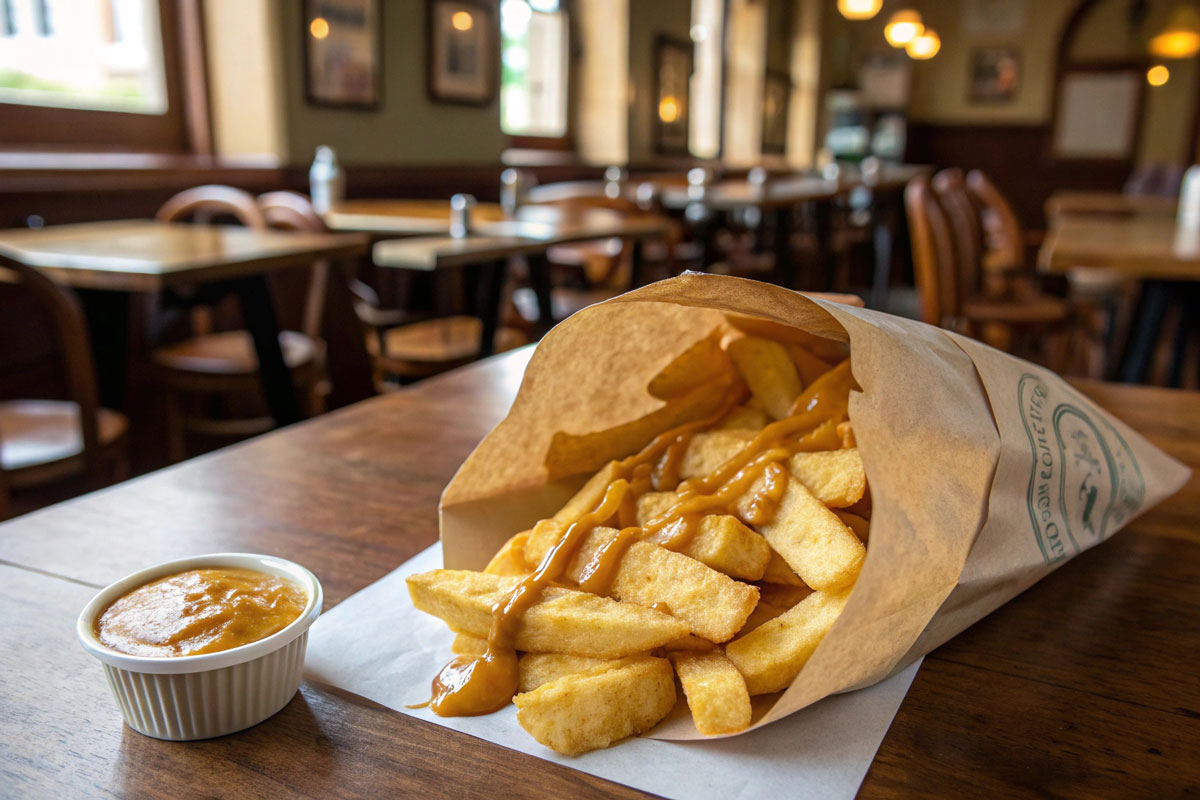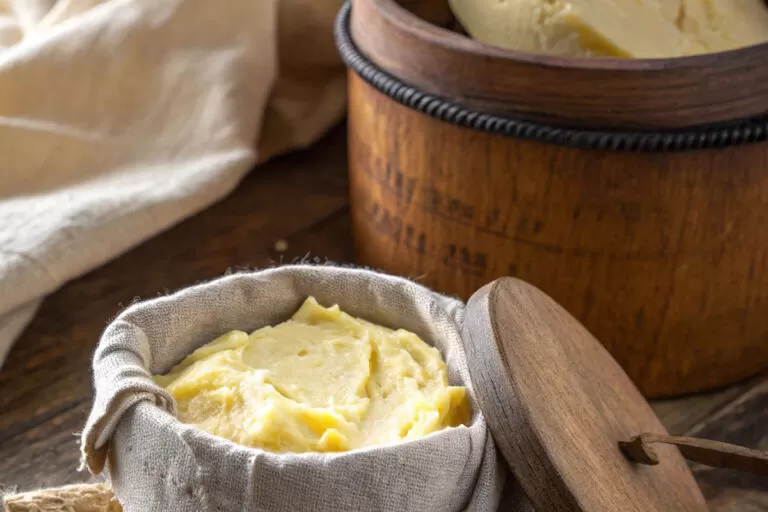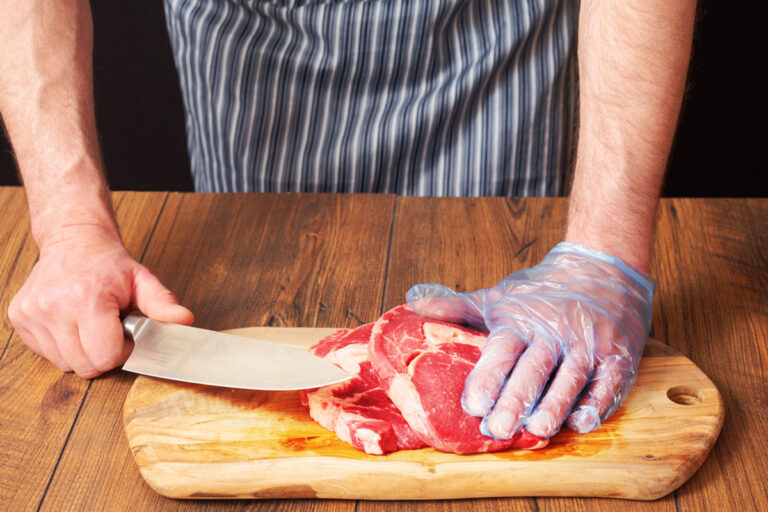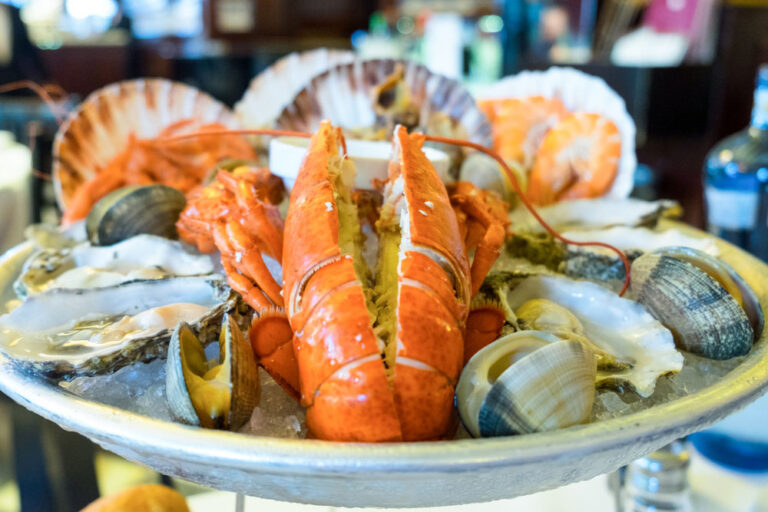A New Flavor Arrives – Immigration and Ireland’s Expanding Palate
Ireland, long known for its hearty traditional dishes like stews, soda bread, and roasts, began to experience a quiet culinary revolution in the latter half of the 20th century. As waves of immigrants from China, India, and other parts of Asia arrived — many seeking new opportunities in a modernizing Ireland — they brought with them rich food traditions that would soon intertwine with Irish tastes in unexpected ways.
In the 1970s and 80s, small Chinese takeaways started appearing in towns across the country. These weren’t the sprawling restaurants of major cities, but modest, family-run operations offering a handful of familiar dishes like sweet and sour chicken, fried rice, and chow mein. At the same time, Indian cuisine was beginning to find its footing, introducing bold spices, curries, and savory breads to a population mostly accustomed to salt, pepper, and parsley.
The Irish public, curious and increasingly cosmopolitan, embraced these new flavors — but with a twist. Asian recipes were adapted to suit local tastes: milder spices, simpler ingredients, generous portions. Dishes evolved into a fusion that was neither fully traditional Chinese or Indian, nor fully Irish — something entirely new was taking shape.
In this beginning phase, food wasn’t just about nourishment — it was about connection. It was about adventure on a plate, in a country that was just starting to open up to the wider world. These early interactions laid the groundwork for some of Ireland’s most beloved late-night staples, like curry chips and spice bags, which would soon become part of the national identity.
Curry Chips – The Birth of a Beloved Irish Dish
If there’s one dish that perfectly symbolizes the Asian-Irish food fusion, it’s the humble yet mighty curry chips. Found everywhere from chip shops in rural villages to bustling city center takeaways, curry chips are simple: thick-cut, golden Irish chips (fries) drenched in a mild, savory curry sauce. But behind that simplicity is a story of cultural blending that captured Ireland’s heart — and taste buds.
In the late 20th century, as Chinese takeaways spread across Ireland, many shop owners adapted their menus to local expectations. Knowing that Irish customers loved their traditional chips, enterprising chefs began offering a new option: chips served with a rich, comforting curry sauce — one that wasn’t too spicy, but just exotic enough to feel exciting.
The curry sauce itself was a fusion invention, often based on a Cantonese-style curry popular in Hong Kong, modified further to fit Irish palates. It was thick, slightly sweet, with just a little heat — a flavor that complemented the crispy, fluffy texture of freshly fried chips perfectly.
What made curry chips so iconic wasn’t just the taste — it was the experience. Hot, steamy chips in a paper carton, soaked in warm curry, eaten on a cold Irish night after a pub crawl or a GAA match. It became a ritual, a comfort food that bridged traditional Irish eating habits with the vibrant flavors of Asia.
By the 1990s, curry chips weren’t just a novelty; they were an expectation. And today, they’re a beloved classic, proudly Irish in spirit yet deeply rooted in the country’s immigrant story.
The Spice Bag – Ireland’s New National Obsession
If curry chips were the first great Asian-Irish fusion hit, the spice bag was the sensation that followed.
Appearing sometime around the early 2010s, particularly in Dublin and other major cities, the spice bag quickly skyrocketed from local secret to nationwide craze — and it remains one of Ireland’s most beloved takeaway orders today.
At its core, a spice bag is beautifully chaotic: crispy chips, deep-fried chicken pieces (often shredded or in bite-sized chunks), tossed together with sautéed peppers, onions, and a house-made spice mix. The flavor is salty, spicy, slightly sweet, and completely addictive. Each takeaway has its own version, but the basic experience is the same: a warm paper bag stuffed with pure comfort.
The spice bag’s creation was no accident. Irish Chinese takeaways, already well-experienced in blending traditional Asian flavors with Irish preferences, saw an opportunity to combine familiar ingredients into something entirely new. Influences from Cantonese cooking (salt and pepper seasoning, fried chicken) blended with the Irish love of hearty, fried food and generous portions.
Social media played a major role in the spice bag’s explosion. Suddenly, people were posting about their late-night spice bag cravings, sharing “best spice bag in town” recommendations, and even inspiring spice bag–themed merchandise. It became more than food — it became a cultural moment.
Unlike traditional dishes, the spice bag is entirely Irish in origin, despite its Asian-inspired flavors. It’s a symbol of modern Ireland: diverse, inventive, and proudly blending different worlds into something uniquely its own.
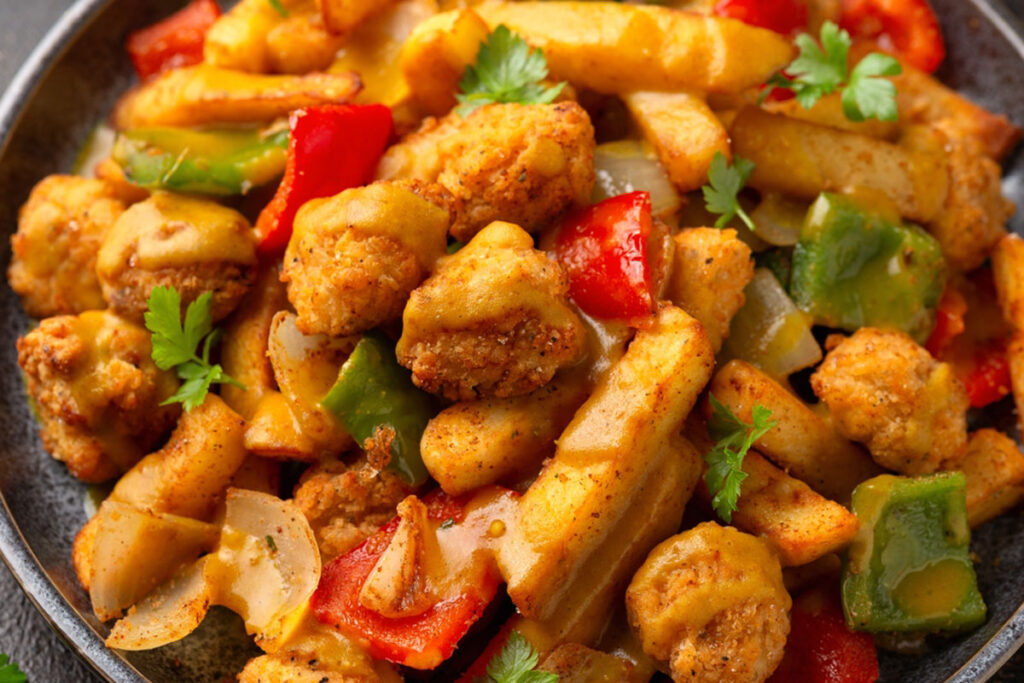
A New Flavor Profile – How Asian Spices and Techniques Influenced Irish Cooking
While curry chips and spice bags captured a particular moment, the impact of Asian cuisine on Ireland has gone much deeper — changing not just takeaway menus, but also everyday home cooking, grocery shopping habits, and even restaurant culture.
By the late 1990s, ingredients that once seemed exotic — like garam masala, soy sauce, ginger, turmeric, and five-spice powder — began appearing on the shelves of ordinary supermarkets across Ireland. This wasn’t just about takeaway food anymore; it was about how Irish people cooked at home.
Home cooks started experimenting, blending Asian spices into stews, roasting meats with hints of soy and ginger, or even creating Irish-Asian hybrids like curried shepherd’s pie.
Restaurants also evolved. It became increasingly common to find gastropubs offering dishes like Thai green curry with Irish chicken, beef and black bean stew with soda bread, or masala-infused seafood chowder. Chefs across Ireland recognized that diners wanted more adventurous flavors, but still craved comfort — and so fusion cuisine thrived.
Even traditional celebrations, like Christmas, began to feature Asian influences. Some families added Indian-spiced roast potatoes or served Chinese-style ribs alongside classic turkey and ham — a sign that Asian flavors had moved beyond novelty into beloved tradition.
The Asian-Irish connection became about expansion, not replacement: adding layers of new flavor to the sturdy foundations of Irish food, enriching without erasing.
A Lasting Legacy – How Food Became a Bridge Between Cultures
The connection between Asian cuisines and Irish food culture is more than a culinary story — it’s a reflection of Ireland’s broader social transformation over the past fifty years.
Through food, many Irish people had their first experiences of different cultures. A visit to a Chinese takeaway or an Indian restaurant was not just a meal, but a small step into a wider, more diverse world. Food became a soft bridge — a way to foster curiosity, acceptance, and eventually, a celebration of multiculturalism.
Today, the legacy is everywhere:
- Irish children grow up as comfortable eating butter chicken and fried rice as they are with sausages and mash.
- Young chefs train not only in French or Irish culinary techniques but also study Asian flavors to create the next generation of Irish fusion cuisine.
- Asian festivals like Chinese New Year and Diwali are celebrated publicly in Irish cities, often with a strong focus on food and shared meals.
The success of Asian-influenced Irish dishes shows how open-hearted and adaptable Irish culture has become. Rather than holding tightly to old traditions, Ireland has shown a remarkable ability to absorb new influences and create something vibrant and uniquely its own.
In the end, the story of the Asian-Irish food connection is a story of welcome — a reminder that sometimes the fastest way to someone’s heart really is through their stomach.




